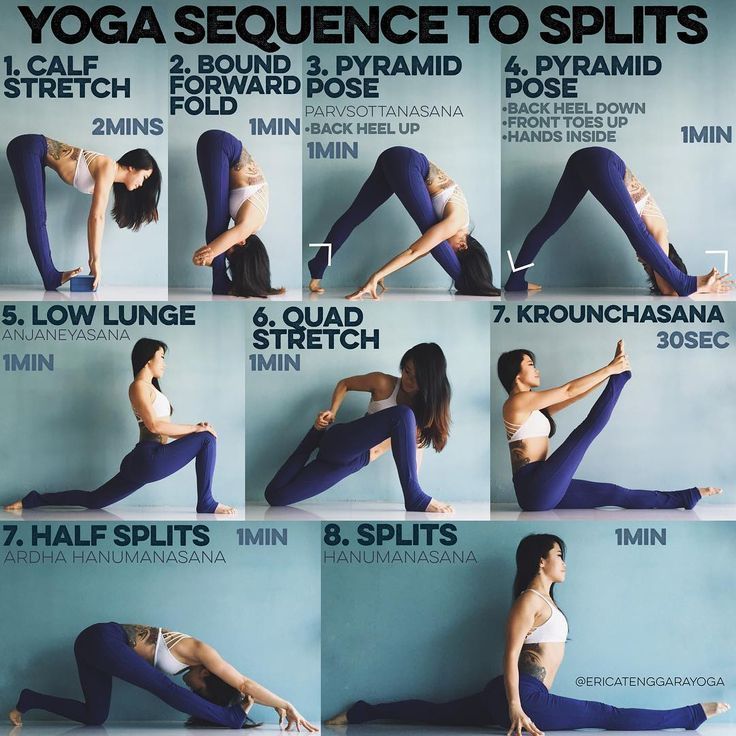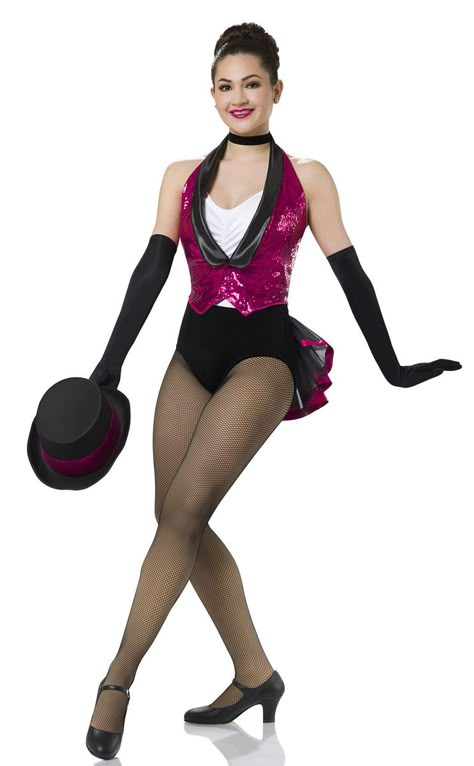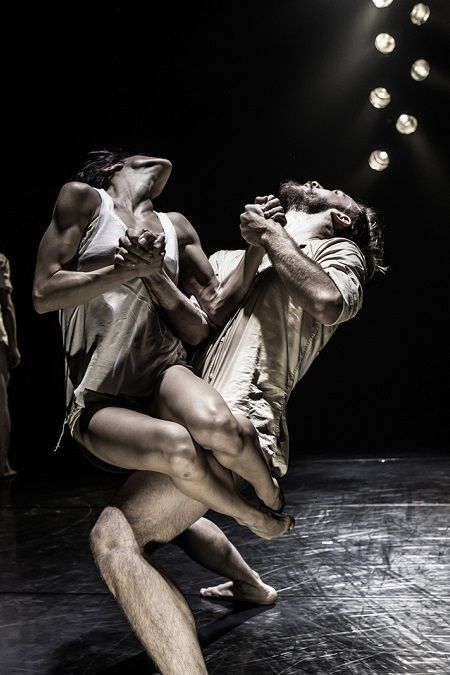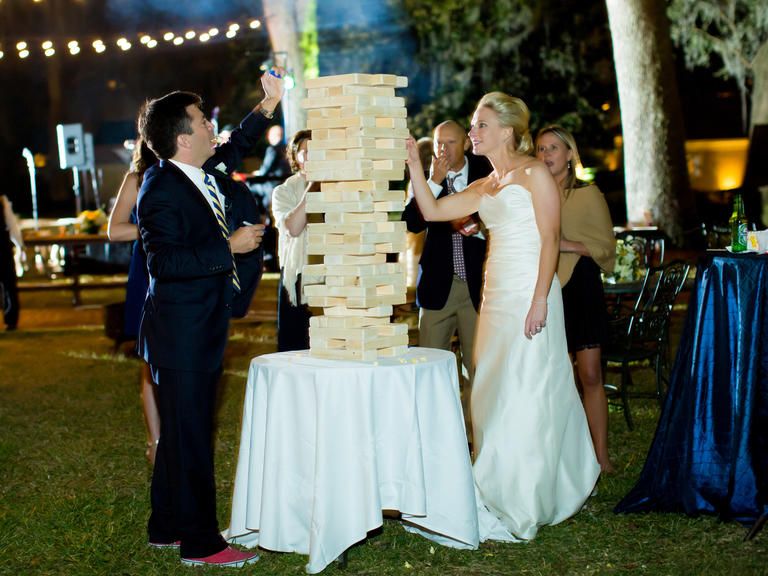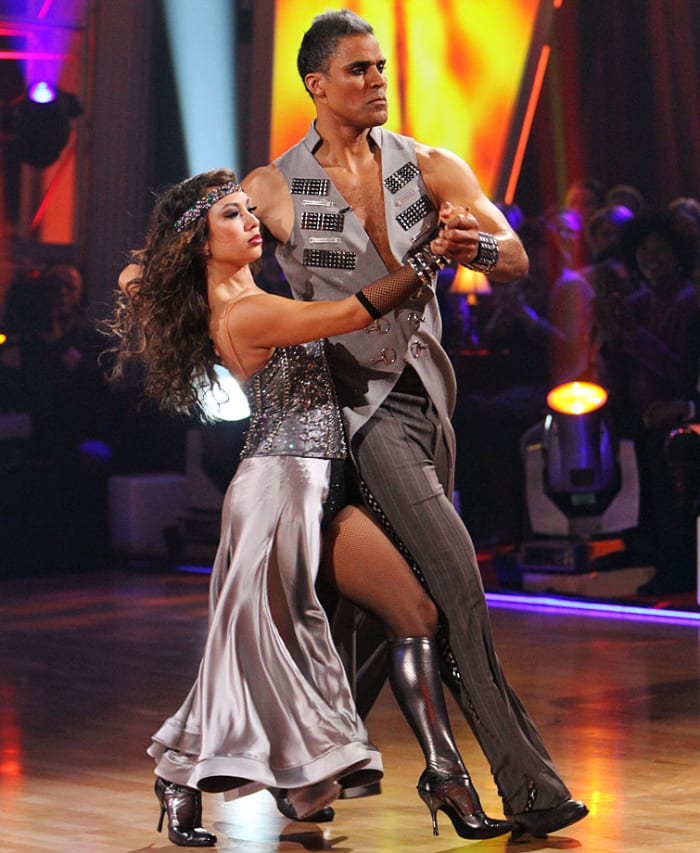How to dance zouk
5 basic steps of ZOUK for beginners
If you've come this far it's because you want to know how to dance zouk and above all because you want to learn some steps of initiation to start dancing Zouk, right?
In fact, Zouk is one of the dance styles that is gaining popularity and more and more schools are offering zouk classes and lambazouk classes and places where you can go to dance to this sensual and characteristic music.
The style of music originated in the French Antilles and was opened to the public in the 1980s. However, to date it has already reached different parts of the world and is usually danced in most European countries.
If you are a lover of sensual music and you dare to discover yourself with a new style of dance the Zouk is for you!
In this post we are going to show you 5 basic steps to start dancing Zouk (although they are not the only ones) but they will help you to get a good base.
You ready to go?
Image Source Berg Chabot
But first.
In case you didn't know, the Zouk is a dance style that has 3 rhythms and is danced in pairs. It is characterized by its smooth, very sensual movements, and stands out for the twists and turns of the girl's head.
As in all couples' dances, the man is the one who guides the woman in her movements, and she simply has to let herself go and flow through the music.
However, as it is already very common nowadays, and there is no rule that determines who dances with whom, any combination of couples can be observed on the dance floor. Women carrying women, men carrying men with men and vice versa. The point is to be able to dance and enjoy!
Step 1 - Basic Zouk step
The basic step of the Zouk has a rhythm of 3 steps that can be danced in the 1 or 3. The first step is the main and the most prominent, and the two prominent steps are marked in small.
The man will always mark the step forward and the woman will always mark the step back and vice versa.
It is very important to have a clear rhythm and to integrate it. When you start to dance a style it is always recommended to do the foot counts, however, we also recommend to feel the music to combine it with the basic steps, so that it is not so automated and is more fluid.
Step 2 – "El Corredor"This step allows us to combine the basic Zouk step with another combination of movements to change the position with our partner.
It is very important to stay well connected with the couple, especially holding hands to notice how the guide sets the pace.
The steps of the corridor feet are: open, position and cross, and so on from right to left.
You dare to try it?
Below is a video explaining the steps very clearly. The easiest way to learn is by practicing!
Step 3 – Turning with setbacksThis step would be a combination of the runner's step and the turn, which is why it is called a twist with a setback.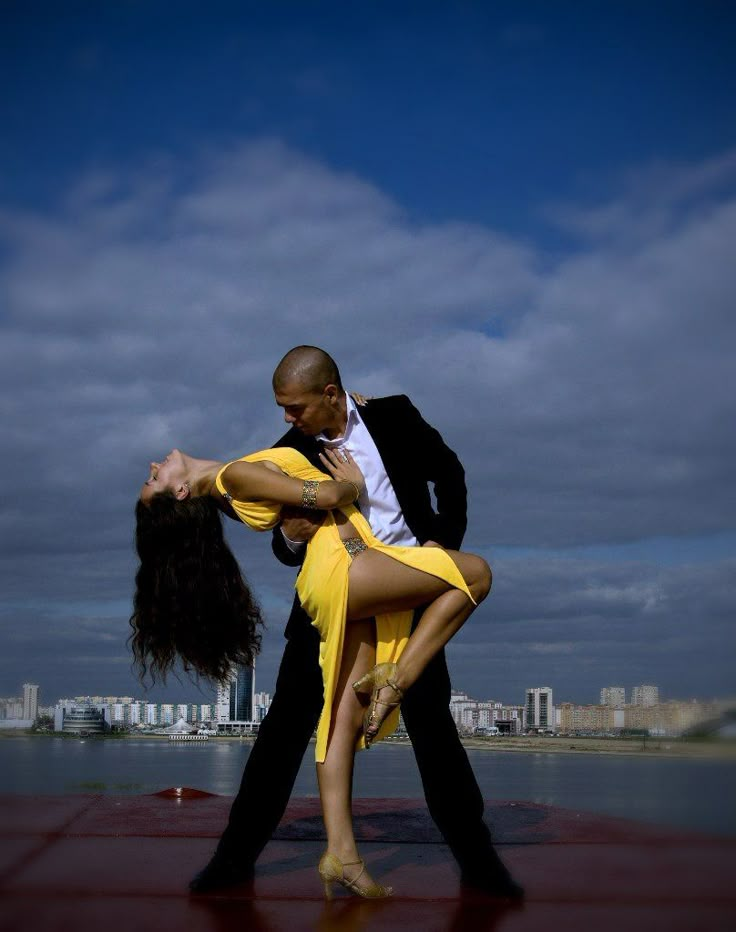 However, this step is a little more complete as the woman can also put the detail of the head.
However, this step is a little more complete as the woman can also put the detail of the head.
The count is always the same, 1, 2 and 3 are marked side to side. To combine this step, first mark the basic step and in the second count the woman turns. Keep in mind that you also have to put in the detail of the head, so you have to learn it step by step.
I start the feet with the turn and the figure of the bodies, and once these steps are assimilated add the head movement, which gives it an incredible touch.
Watch the video below to practice it with your partner!
Step 4 – Zouk ripplesIn the Zouk dance it is very important to know how to make waves as they are used very often during the dance. Besides giving it a very sensual touch.
Did you know that the best way to learn to make waves is with the wall or with a mirror?
And if! It may sound a little weird, but if you look at the video we've shared below, it's the best way to do it.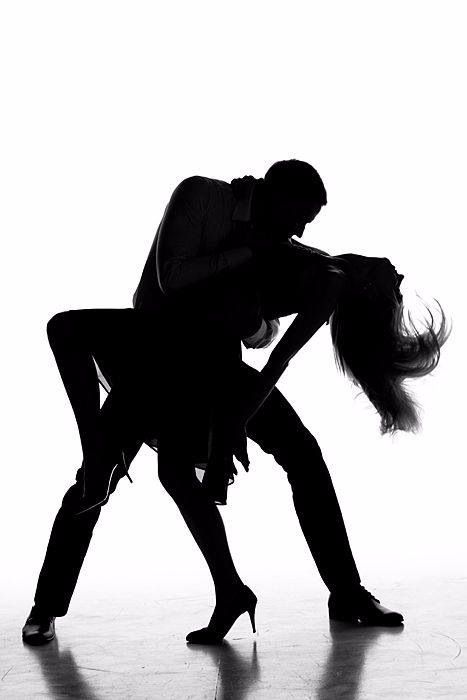
Waves can be made in two ways, starting at the top (head) or from the bottom of the body (knees).
If we start the wave from the head, the key is to take out each part of the body naturally and in a chained way (head, neck, shoulders, back, pelvis, legs, knees) and until we reach the end. If the wave starts from the bottom it's the same but the other way around.
So, you know, start practicing the waves at home so that they come out more fluidly little by little!
As you can see in the video in pairs, the two dancers make the wave and their bodies collide with each other forming an asymmetrical wave visually. A very nice effect visually and fun to run once you master it.
Tutorial on how to make waves
Remember to activate the subtitles in your language.
Zouk waves in pairs
Remember to activate the subtitles in your language.
Step 5 - Head movement
Finally, we would like to highlight the head technique (especially for women), as it is performed continuously during the Zouk dance.
The movement of the head has to be practiced little by little so that it is done in a natural way.
Message for the girls: be very careful with the head movements, and above all do some good stretches before dancing Zouk. We don't want anyone to get hurt!
Now you know, if you're looking for a very sensual dance style like Bachata, Salsa or Tango, Zouk is your style.
Dare to dance the dance style that is slowly gaining popularity in dance schools and in the ballrooms.
What are you waiting for when you find the nearest zouk school in your area and start dancing.
Feel free to share your first experience dancing Zouk with us. We'd love to hear from you!
We'd love to hear from you!
What made you want to learn to zouk?
Tell us the reason in the comments, we'd love to hear your story. Thank you! Thank you!
Zouk Basics and Why They Are So Important?
Domi&Hoi Team
Spread the love for Brazilian Zouk
When learning social dance, I am very sure that all of us always hear repeatedly from our teachers and other experienced dancers that learning and practicing basics are so important and here is the basics blah d blah, blah blah blah. You need to learn the basics to dance Brazilian Zouk blah d blah…
However, it’s so rare anyone actually explains WHY!?
First of all, let me list out some of the basic movements of Brazilian Zouk (movements that fit in 8 counts):
- Passo Basico (Basic step)
- Viradinha (Open the door, close the door)
- Lateral (Corridor)
- Preparação pro giro (Preparation/lunge with turn in place, step pivot for the girls)
- Giro Simples (Simple turn with girls traveling)
- Yo-Yo
- Elástico com corporal (Elastic with contraction or body roll)
- Soltinho (Turn of the Lead, turn of the Follow)
- Ondulação (Body roll)
- Bônus (Boomerang)
- Washing Machine
What you need to understand is that the set of basic movements was created to teach someone who never danced in togetherness, to able to dance in togetherness.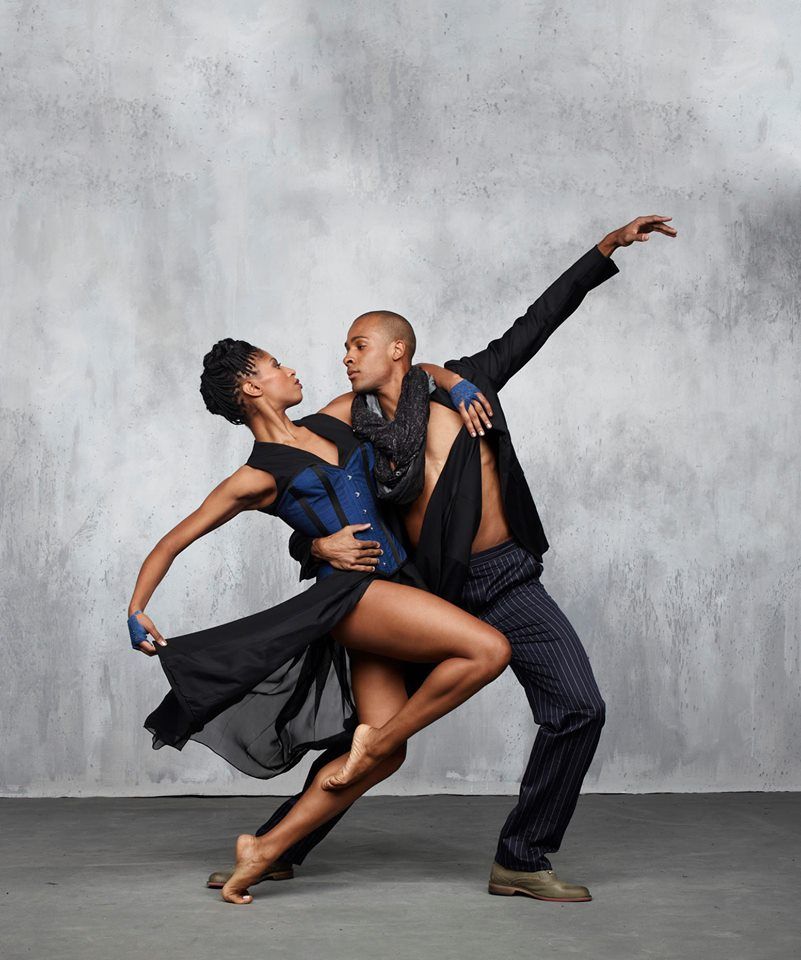 However, it does much more than that and should help you develop the following…
However, it does much more than that and should help you develop the following…
- FOOTWORK, FOOTWORK, FOOTWORK, ADAPTING YOUR FEET POSITIONING + AWARENESS OF WEIGHT TRANSFER & TRANSITIONS! You build your dance from the ground UP.
- These basic movements are designed to teach your body how to navigate and move around the dance floor without crashing! Floorcraft 101.
- It teaches you how to move musically and on time.
- In its simplest form, it allows you to dance safely, in balance and train to control your own body.
- They are simple movements that allow you to apply dance techniques and concepts.
- They are also your roadmap, a set of guides and rules. (You may break them once you’ve mastered them. IF you master them…)
- Help you gain efficiency, using the least amount of energy to dance. Sometimes you feel that you are able to dance longer, it’s not only because you have strengthened muscles, but you are able to move around more efficiently.
 (This is true, I dance much longer periods now but still getting fatter, that’s efficiency haha)
(This is true, I dance much longer periods now but still getting fatter, that’s efficiency haha) - They are your base, your foundation, everything else you add or build later, goes on top!
- They are your best tools to gauge the level of experience of your social partners so you can adapt accordingly.
Each of the basic Zouk movements teaches your body to move in a particular direction, how to change directions and how you can switch lanes.
It’s like learning to drive a car, you will learn many maneuvers and by the end of passing your driving test, you should be able to get around most roads and situations. You get better the more you drive, more awareness, safer, better control of the speed, looking & planning ahead, driving in lane, turning corners all improve as you gain experience and confidence. And if you’re cocky and drive dangerously like a pr*ck, you’ll likely crash and injure others!
Remember, the uniqueness of Brazilian Zouk is that we use our entire body to navigate and dance.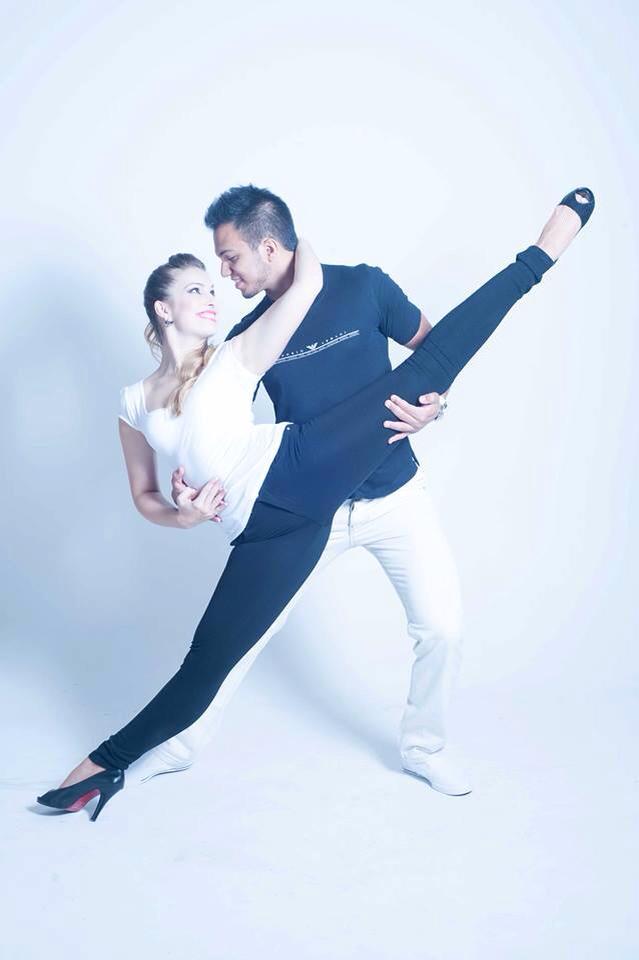 It’s completely 3D navigation on the dance floor so you will need to develop very well controlled motor functions, self-awareness, inner balance with the understanding of weight point & axis.
It’s completely 3D navigation on the dance floor so you will need to develop very well controlled motor functions, self-awareness, inner balance with the understanding of weight point & axis.
You’ll need to master navigating the 2D space before attempting to add the 3rd Dimensional movements whether static on the spot or while moving: head movements, tilts, or other off-axis positions. I see far too often beginners trying to navigate in 3D when they barely can navigate in 2D. But that’s another discussion to be had 🙂
PS. I would never write a blog about how to do the basic movements correctly because it’s up for too many misinterpretations. That’s what classes are for! My focus is on adding knowledge and context to what I see is missing or overlooked in classes, so students can do some out of class reading.
If you’ve enjoyed this blog, and found it useful, please help share it!
Hoi x
Spread the love for Brazilian Zouk
Sexy movements of the zouk dance, which will be useful at any party
A distinctive feature of the zouk dance is the active work of the upper body, shoulder girdle and head of the partner.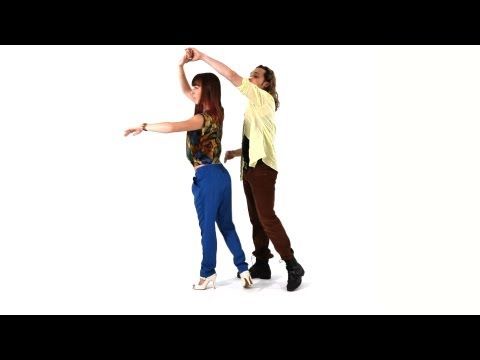 “The zouk has a rather simple system of steps, which is combined with the work of the body, which is different in the men's and women's parts,” explains Maria De Oliveira , a teacher at the Brazuka dance school. - The male part is to lead the partner to various movements. In the women's there are many turns, plastic body movements and head rotations.
“The zouk has a rather simple system of steps, which is combined with the work of the body, which is different in the men's and women's parts,” explains Maria De Oliveira , a teacher at the Brazuka dance school. - The male part is to lead the partner to various movements. In the women's there are many turns, plastic body movements and head rotations.
Zouk performed by Maria and Leandro De Oliveira, teachers of the dance school "Brazuka"
Such combinations make it possible to “stir up” the shoulder girdle and upper back, which are inactive in everyday life, and develop plasticity. Plus, the individual elements of the zouk (steps or body movements) will fit well into any dance composition, which means they will be useful to you at a variety of parties.
Basic Zouk Dance Movements: Basic Rules
* Walk with your knees slightly bent. This principle applies to all Latin American dance styles and helps to increase the range of motion of the pelvis.
* Let your partner guide you. Rule for those who dance in pairs. If you are dancing alone, you can move as you see fit.
* Be aware of the important details of body rotation. “Make sure that this movement starts in the thoracic region, and not in the lower back – this is more correct in terms of injury prevention,” says Maria De Oliveira. - Do not forget also that all head movements (swings and rotations) are only a continuation of body movements that begin in the chest area. Imagine that the head moves with a slight delay relative to the body.
Mastering the Zouk Dance: Women's Part
Maria De Oliveira recommends mastering dance steps and body movements separately and only then combining them into a single composition.
Basic Step
Stand up straight with your feet together, soften your knees, spread your arms out to the sides at chest level. Step forward with your right foot, then your left foot and step your right foot back (put your foot where it was before). Now take a wide step back, first with your left foot, then with your right, and again transfer your body weight to your left foot, placing your foot in its original place.
Step forward with your right foot, then your left foot and step your right foot back (put your foot where it was before). Now take a wide step back, first with your left foot, then with your right, and again transfer your body weight to your left foot, placing your foot in its original place.
Lateral step
From the starting position of the previous movement, step forward with your right foot, then take 2 more small steps with your right and left foot with a wide step forward with your left. After that, take 2 more small steps with your right and left foot, while turning 180 degrees to the right. From this position, step forward with your left foot, repeat the combination of two small steps again and turn around your axis to the left.
Opening step
Stand up straight, connect your feet. Take a small step forward with your right foot, turn 270 degrees to the right on the next two steps. Do all steps in one line. Transfer the weight of the body to the right leg, and stretch the left and put it on the toe. At the same time, stretch your arms and spread them apart. Then shift your weight onto your left leg. Raise your hands up and connect the hands so that the palms are directed to the sides. Take two more small steps along the same line.
At the same time, stretch your arms and spread them apart. Then shift your weight onto your left leg. Raise your hands up and connect the hands so that the palms are directed to the sides. Take two more small steps along the same line.
Lateral + Bamboleyo
The essence of this element is to add a simple rotation of the upper body to the Lateral step. Having taken the first step with your left foot, lean back a little with your body, begin to describe a large circle with your shoulders (the right shoulder drops lower than the left) and slightly tilt your head to the right. Turning the body around its axis, continue to draw a circle with your shoulders (the head also gently describes the circle, only it moves with a slight delay). Finishing the turn in the legs (as if you were doing a Lateral, but taking the third step of the movement to the side), bend your knees slightly and bring your head to your left shoulder.
Basic step + shikoch movement
In this element, the basic step is combined with whip-like head swings. Take a basic step forward, and before you start moving back, lower your head down, and on the next step back, throw your hair back with a sharp movement.
Take a basic step forward, and before you start moving back, lower your head down, and on the next step back, throw your hair back with a sharp movement.
[new-page]
Mastering the Zouk Dance: Men's Part
Basic Step
Stand up straight with your feet together. Step back with your left foot, then your right. Then transfer the weight to the left foot, and put the right foot on the toe behind the left foot. Then take 2 steps forward: first with your right foot, then with your left. At the final point, transfer the weight of the body to the right foot, leave the left in front, touching the floor with the toe. At the same time, the hands should move as during normal walking: if you step with your right foot, take your left hand forward and vice versa.
Lateral step
From the starting position of the previous movement, step to the side with your left foot. Step forward with your right foot and shift your body weight back onto your left foot, pushing it back. Then again step to the side with your right foot, then step forward with your left and bring your right foot back to where it was. At the same time, keep your hands in a position as if you were dancing a waltz: the left hand holds the partner’s palm, the right hand supports it by the middle of the back, or hold the partner by both hands.
Step forward with your right foot and shift your body weight back onto your left foot, pushing it back. Then again step to the side with your right foot, then step forward with your left and bring your right foot back to where it was. At the same time, keep your hands in a position as if you were dancing a waltz: the left hand holds the partner’s palm, the right hand supports it by the middle of the back, or hold the partner by both hands.
Bamboleyo
Stand up straight, put your feet together, hold your hands as if you were dancing a waltz. Step to the side with your left foot (transfer body weight to it). Stepping your right foot forward, cross your legs, placing your left foot behind your right. Then step to the left with your left foot, put your right foot on the toe and lean your body slightly to the left. Then step forward with your left foot and place your foot diagonally across from your right foot. Then step to the side with your right foot, placing your feet almost parallel.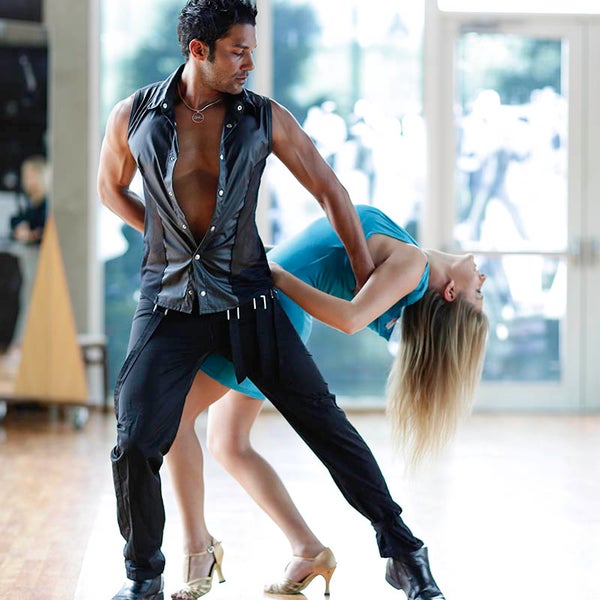 Then repeat this movement entirely to the other side with the right leg.
Then repeat this movement entirely to the other side with the right leg.
Shchikoch
Stand up straight, connect your feet. Bend your arms slightly at the elbows and place them in front of you. Take 2 steps back, starting with the left foot (as in the basic step). On the last, third step (while shifting the weight back to the left leg), do a small circular swing with your arms. Step forward with your right foot (at the same time lowering your palms turned to the ceiling to the level of your hips), then with your left (now raise your hands to chest level). Return to your right leg (lower your arms to waist level).
Learn the movements of the zouk at a slow pace and gradually increase it. Feeling confident, you can make up your own combination of the described exercises. The kind that will make you the queen or king of any dance floor.
Want to know more about the zouk? Watch the program "Wellness Menu" on the TV channel "LIVE!" on Saturday, December 26th.
Zuk dance
Zuk is a dance of different styles, closely related to the music of the same name, but differing in performance depending on the place of its distribution. Zouk is a romantic dance that combines: love, passion, tenderness, sensuality. It captures your emotions, slowly drags you into a whirlpool of feelings and drives you crazy. The dance attracts not only the soul of the partners, but also the enthusiastic glances of the audience.
" Party ", " festival " - this is how the word "zouk" is translated from the French Creole language.
The zouk dance became famous and popular in the 1980s after it was used in theatrical performances that amazed the audience with new music, spectacular dance elements and colorful costumes. From that moment, the zouk began its march around the world.
The origin of the zouk dance
The Zuk dance is relatively young.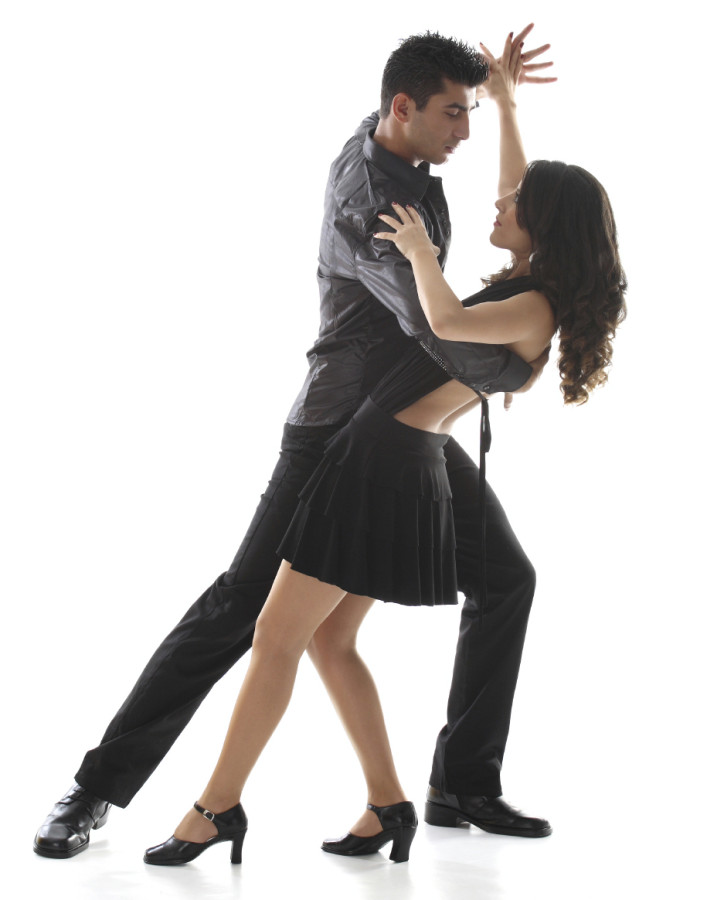 At the end of the 20th century, the groups Grammacks and Exile One popularized rhythmic dance music common in the French islands Guadeloupe , Haiti , Martinique .
At the end of the 20th century, the groups Grammacks and Exile One popularized rhythmic dance music common in the French islands Guadeloupe , Haiti , Martinique .
The zouk style began to spread actively in Europe, especially in France, and also in North America.
Due to the fact that the performance of zouk was influenced by many different cultures, four distinct styles gradually developed:
- zouk-love (Haitian and French Caribbean)
- lambazouk (Brazilian style folded lambada)
- kizomba (common in Angola and the Cape Verde Islands)
- soulzouk (Introduced in China in 2005 with a Brazilian variant mixed with other contemporary genres).
Zouk continues to develop at the present time, evidence of this is the emergence of a new direction - Zouk Revolution .
Types of zouk dance and their characteristics
Features of this dance are determined by its style.
This type is one of the leading styles in which the dance is performed to lyrical and dramatic songs about love and parting. The pace of execution is slow.
The origin of this style is associated with songs performed by Ophelia Mary , a singer from Dominican Republic .
Zouk-love is somewhat similar to the traditional Caribbean style, quite simple and uncomplicated in execution, which mainly uses steps with the transfer of weight from one foot to the other. And the movements of the hips, the main movements in zouk-love, are distinguished by ease, smoothness, as if flowing from one to another.
The maximum proximity of the dancers during the performance, the limited spatial movements made the dance a suitable "club" option. Zouk-love is most widespread in French-speaking countries.
Zouk-love is most widespread in French-speaking countries.
- Kizomba
Kizomba is most common in Angola, Cape Verde and Portugal.
Outwardly, kizomba is very similar to zouk-love. It is also characterized by the close contact of the dancers and the movement of the hips. The peculiarity of this style lies in the fact that in the dance there are a lot of movements with the legs below the knees - various turns of the feet, throwing one leg over the other. The upper body is usually inactive. The dancers practically do not separate during the dance, the contact of the bodies is close and constant.
- Lambazouk
In Brazil, a mixture of Caribbean zouk and lambada dance took place.
Lambada is an energetic and fast dance, and its performance to the music of the zouk changed the style of the dance, gradually turning into lambazouk.
This style is more effective and more complex than the previous ones. The movements of the hips in it are the main ones, but the dance is more rhythmic, filled with passion and sensuality. It uses turns and cambrai (falls), and sometimes acrobatics may be used.
A very important role in this variety of zouk is played by the flexibility of the partner, who bends during the dance, gracefully throws her head back, which gives the dance a unique sensual flavor.
- Soulzouk
The Soulzouk , or freestyle zook, is a recent addition. A teacher from Brazil created it in China, but it still received the greatest distribution among Brazilians.
The peculiarity of the style is seen in the fact that it can be performed not only with traditional zouk music, but also with rap, R&B, hip-hop.
The movements of the dance have also undergone significant changes - it already uses not only the movements of the hips as leading ones, but includes the legs, shoulders and head.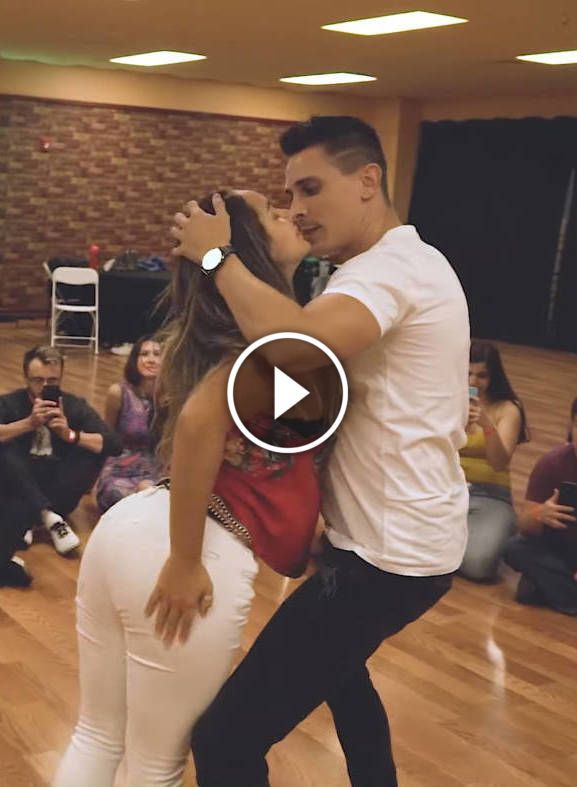
- Neozouk
- Created by DJ Mafie Zouker. The music can shift from a traditional uninterrupted baseline, as in Zouk Lambada, to soft sounds and melodies or hard Industrial, ranging from traditional melodies from Brazil to remixes of popular music with an emotional tinge. All of these musical variations create space for the dancers to express accents and slow down the music in a spectacular way. In Neo-Zouk, they usually dance in a circle, without breaking the connection of the hands, often the tools of the counterweight of the partners connected in the movement are used to lead.
- Zouk-Flow
- smooth and consistent "flow" of impulses of the partner's arms and body into the movements of the partner's arms and body. That is, the partners "float" in the hands of each other.
- Brazilian Zouk
- It is especially spectacular and sensual.
Its basis is the movements of the hips that define the character of the dance and fill it with fire, and numerous turns and connections give the zouk its main stylistic feature - infinity.
Turns, approaches, movements of the body and arms. Smooth movements and rapid steps, all together it is fire and water - something that you can look at endlessly.
The influence of Latin American music contributes to the comparison of zouk with salsa, rumba or tango, but this impression is misleading: in latin the partner's hands lead the partner, in zouk her partner's hips lead her.
The most striking in dance are the expressive movements of the partner's head and neck. Loose hair focuses on the poses of the dancers, giving them entertainment.
Zuk dance is a sensual appeal and sexuality, the partners “float” in each other's arms, hugging their hips. In addition, the dance is quite easy to master, based on movements that involve the transfer of weight from one leg to another.




